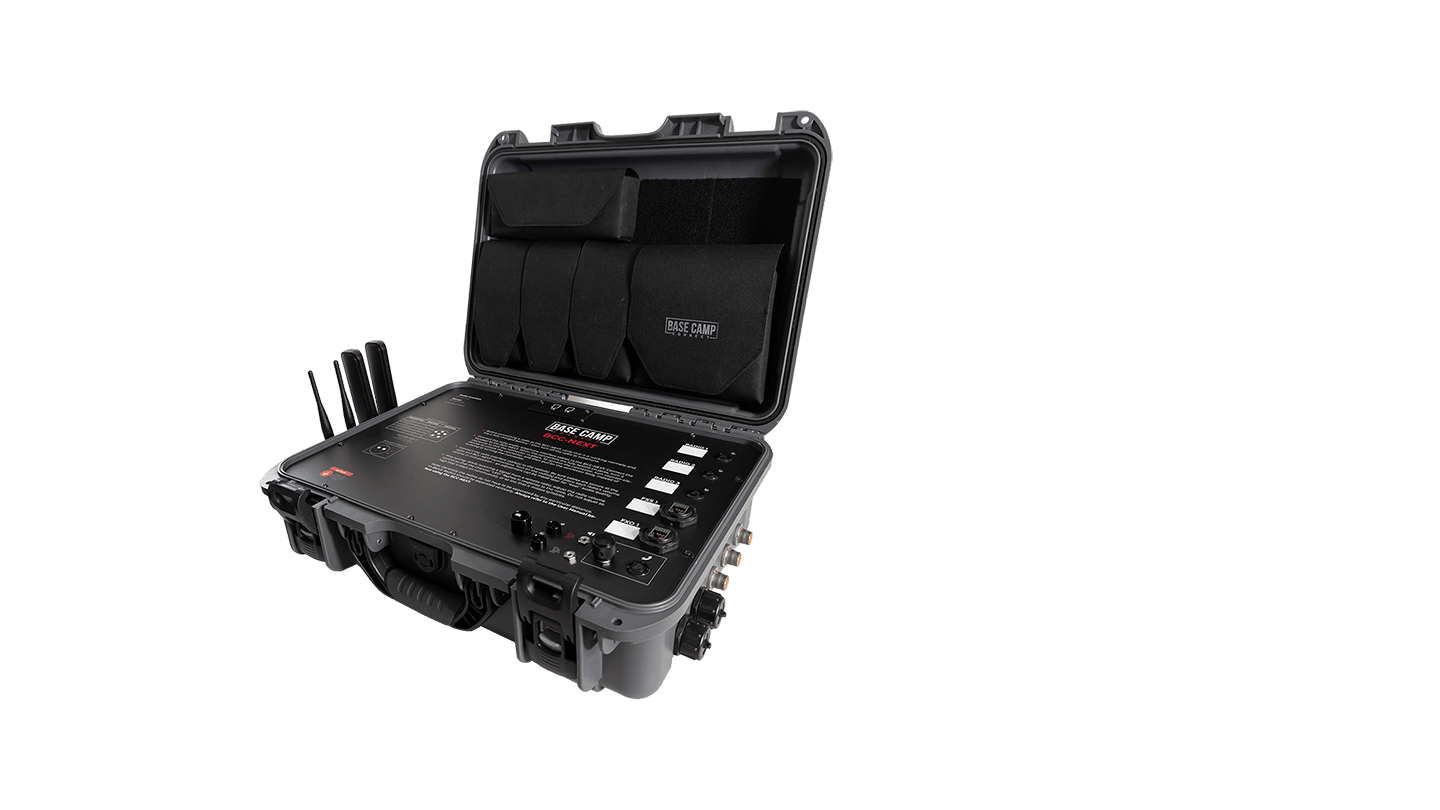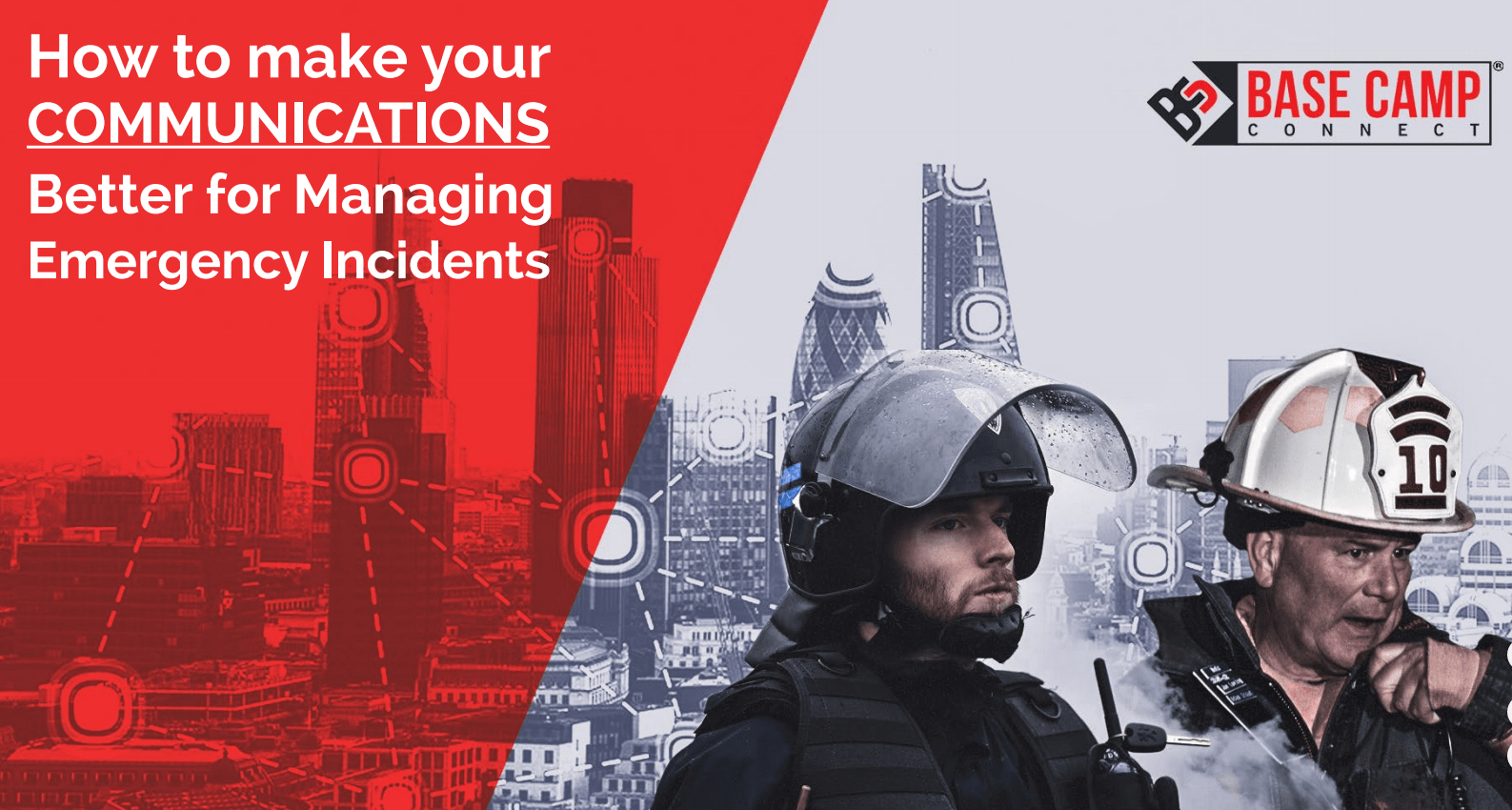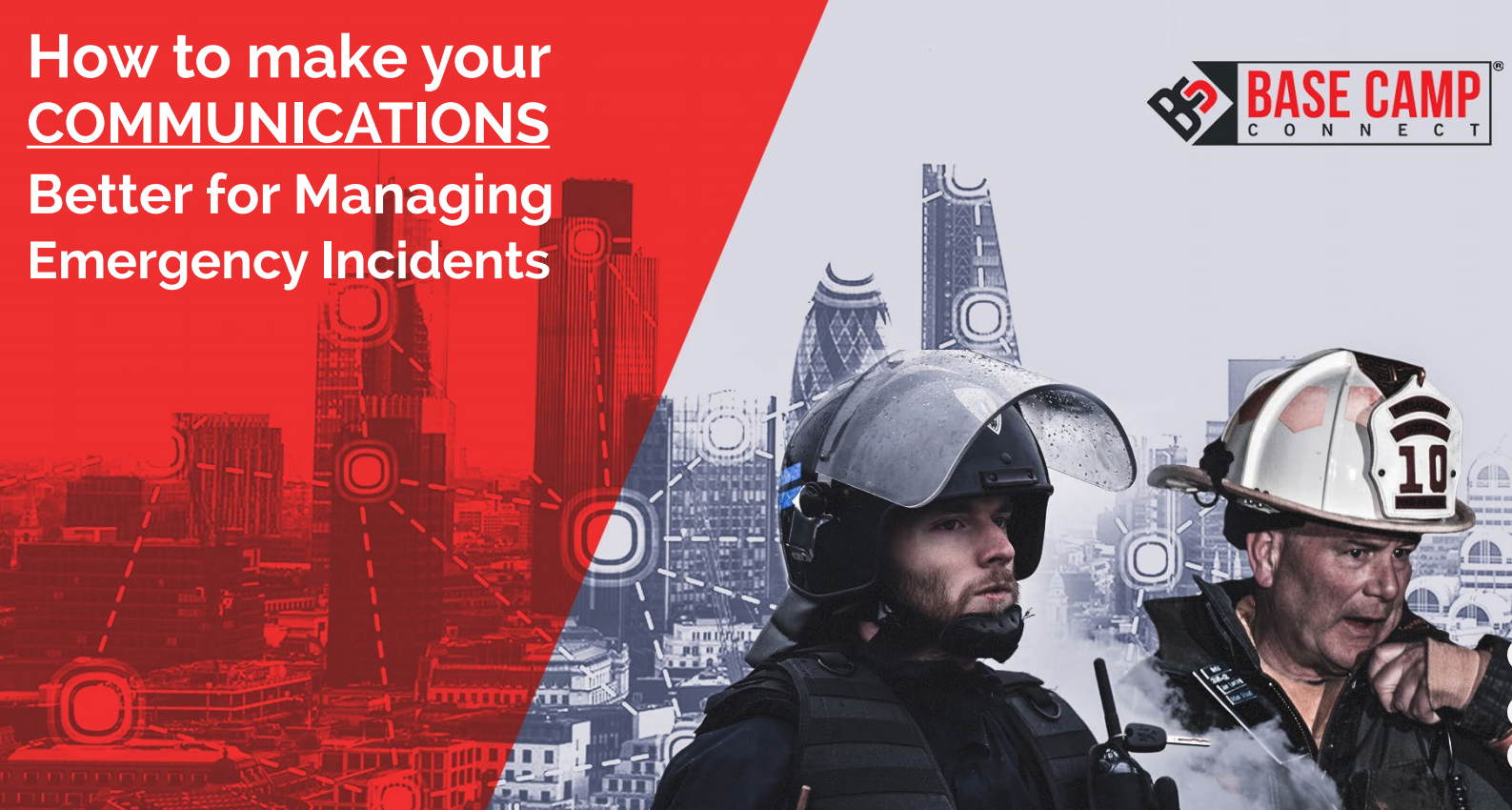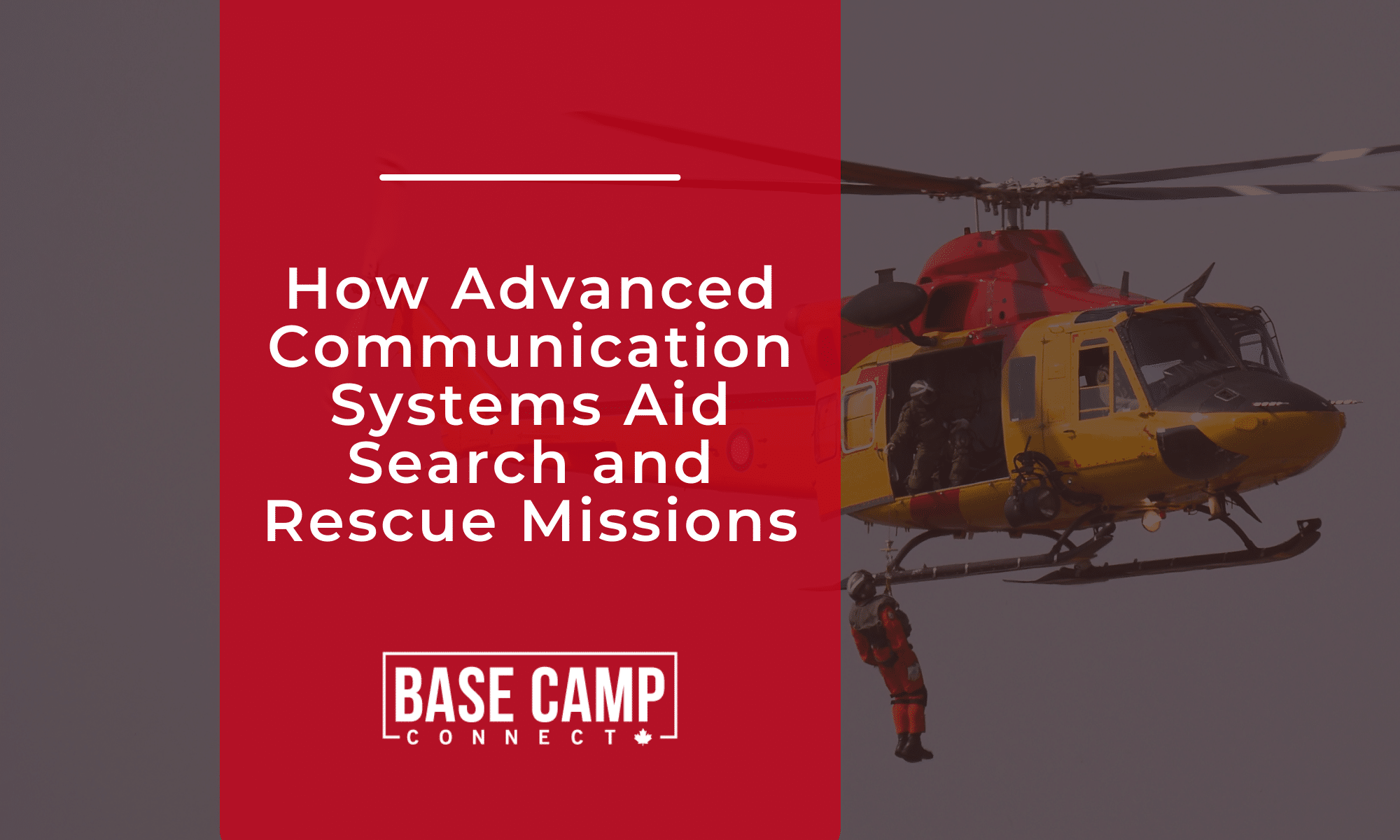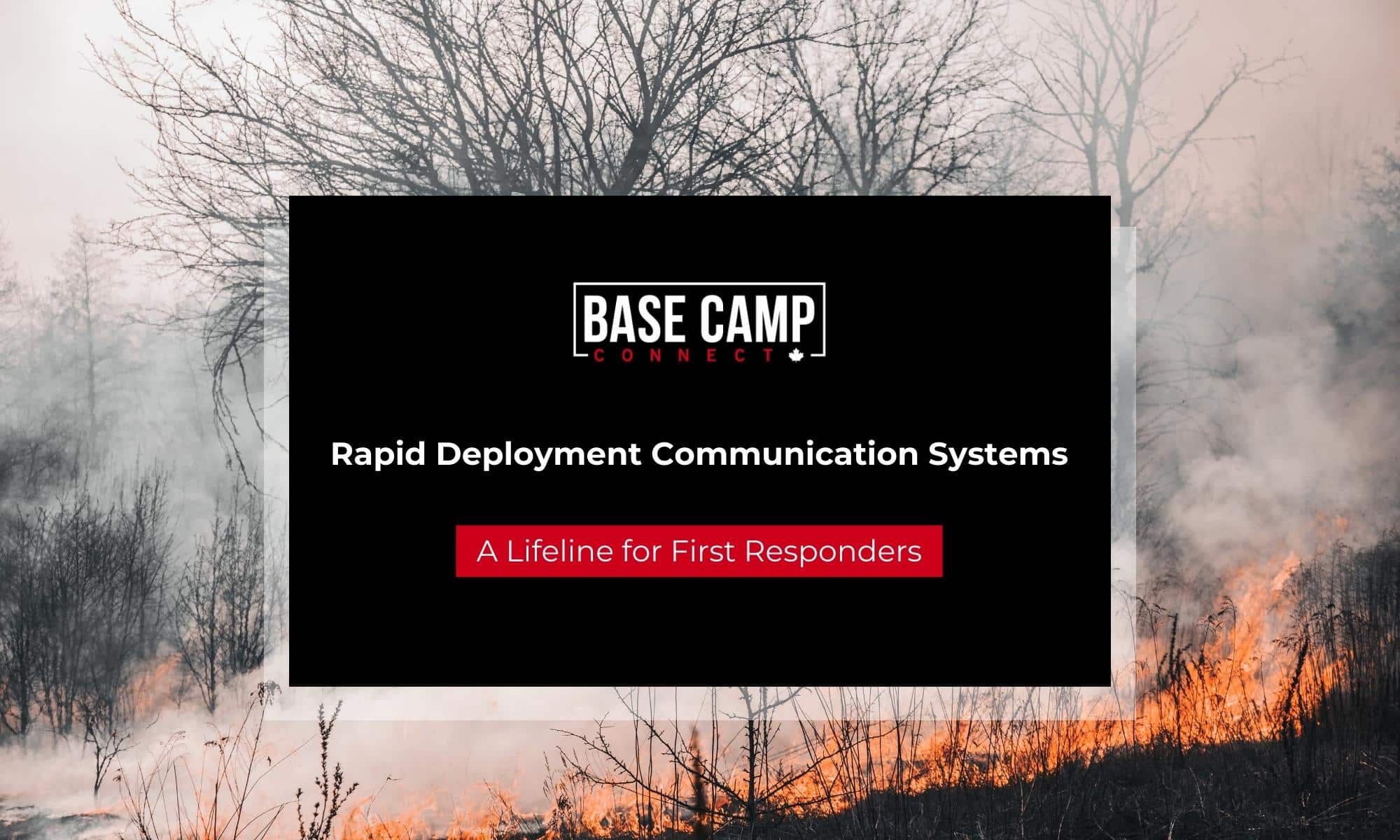Most public safety agencies (fire, law enforcement, and EMS) in the U.S. and Canada do fairly well in using their communication tools, e.g., land mobile radios and wireless devices, for the day-to-day emergency incidents to which they respond. Those same entities, however, can experience real communications challenges when faced with a large-scale or complex emergency events that require the response of additional resources from multiple agencies. Those scenarios imply multiple different technologies and challenges mais appear when merging them to communicate easily.
Download this e-Book to learn more about:
1 – Communication challenges posed by large-scale or complex emergency events: We’ll link the challenges to past experiences to illustrate.
2 – “Hard” Communications: we’ll look at how agencies can develop systems that maximize their ‘bang for the buck’
3 – “Soft” communications: we’ll see the role of these skills and how individuals and departments can improve them. Because in the end, it’s people coming together to fix problems in an event.
4 – Resource management: Learning what you need (needs assessment), learning what you have (resource cataloguing), and learning what you “really have” (developing real-time resource availabilities). An often overlooked “piece” in communications during large-scale or complex events.
Ready to improve your emergency communications? Click here to download e-Book!


